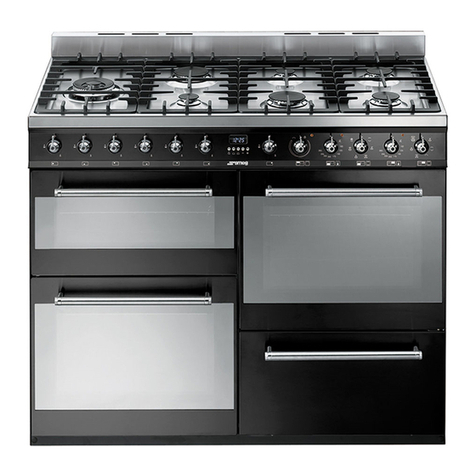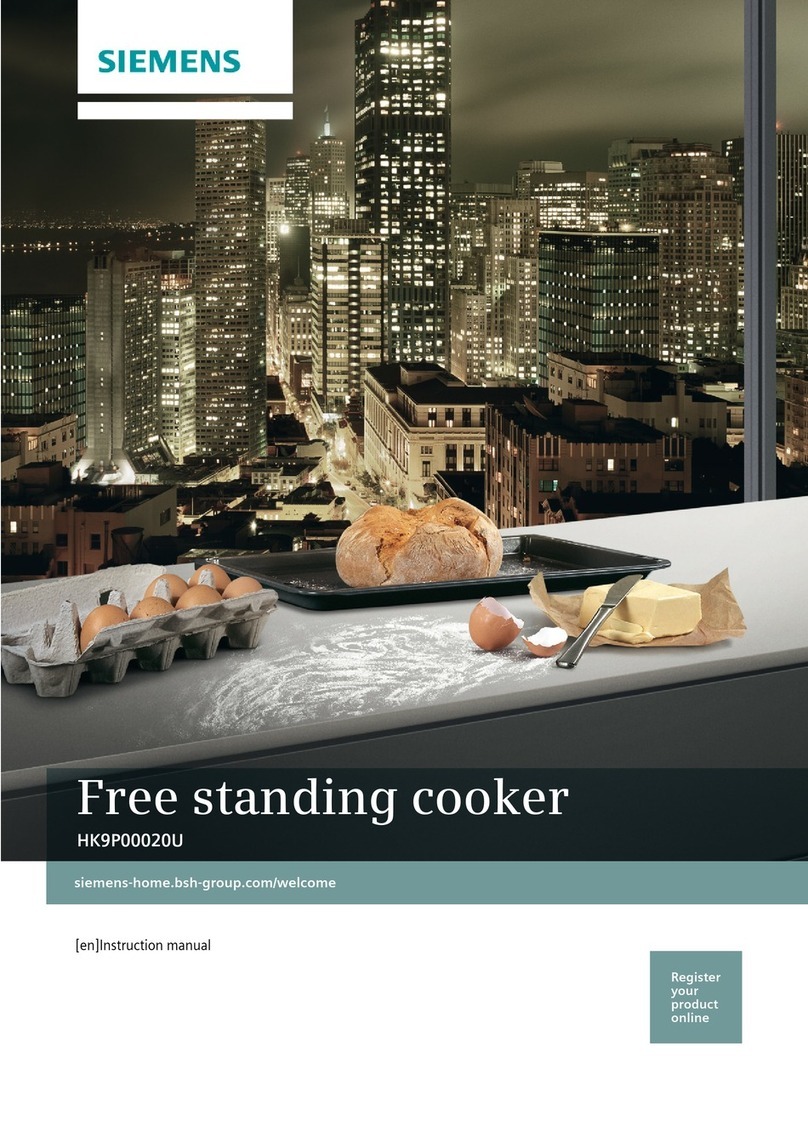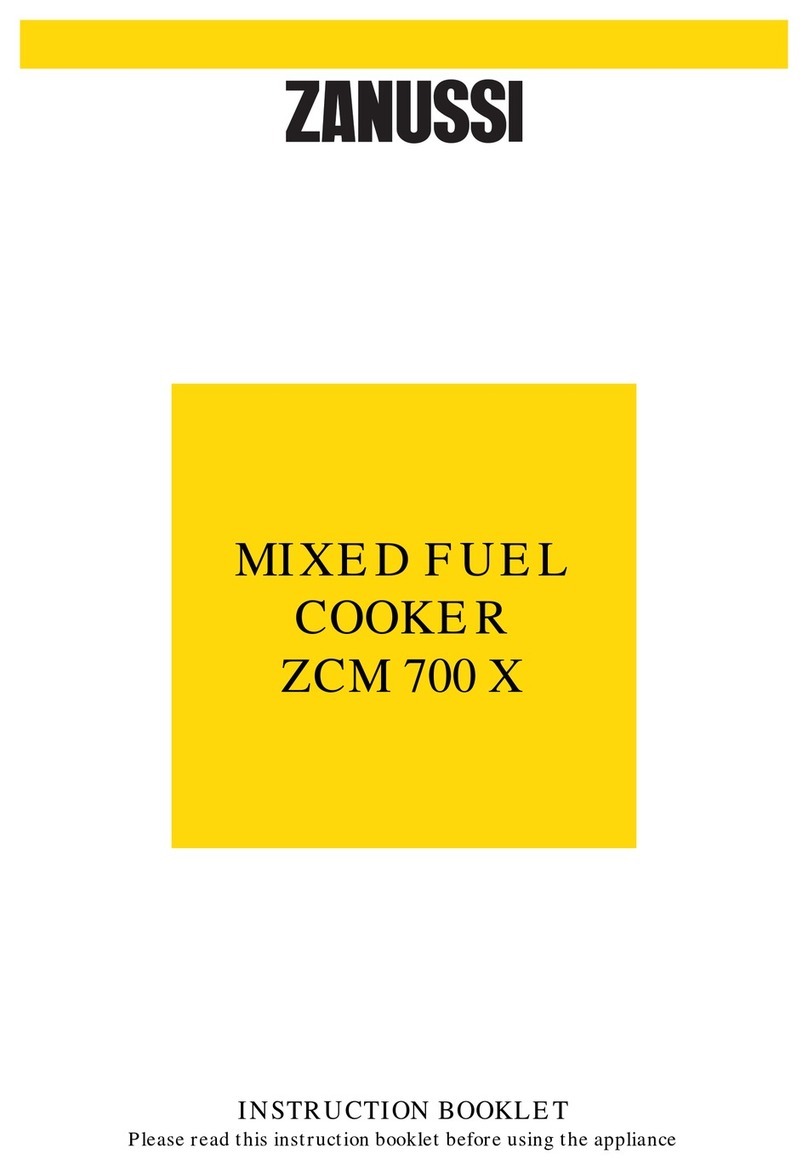Smeg C9GMX9 User manual
Other Smeg Cooker manuals

Smeg
Smeg Victoria TR90GR2 User manual
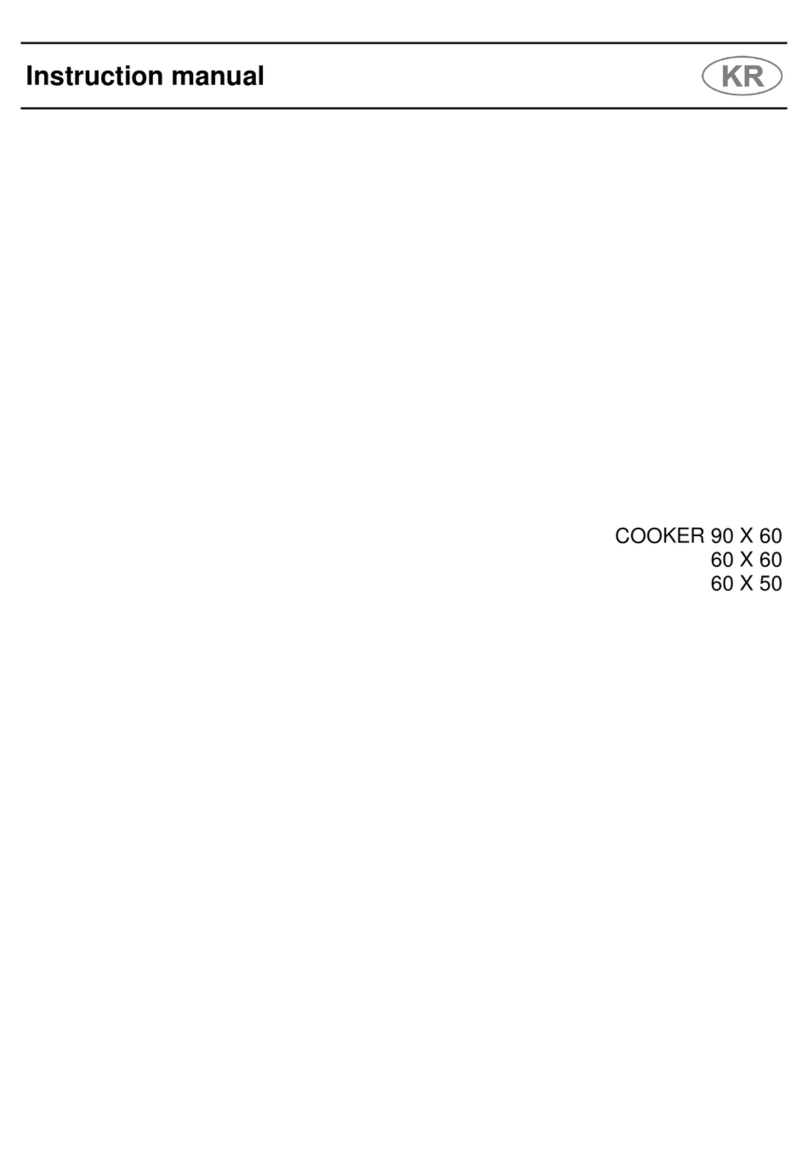
Smeg
Smeg JGFC34SKB User manual

Smeg
Smeg A1BL-9 User manual
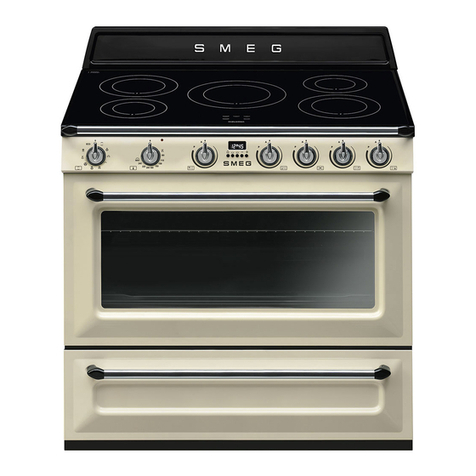
Smeg
Smeg TR90 Instruction Manual

Smeg
Smeg Portofino CPF9IPYW User manual

Smeg
Smeg TRA90BL User manual
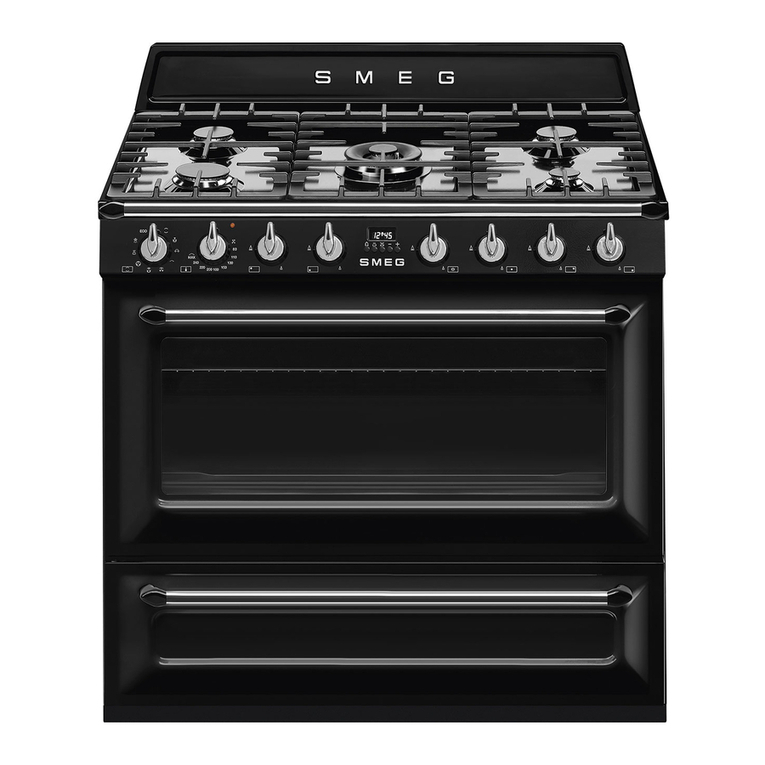
Smeg
Smeg TRA90BL9 User manual

Smeg
Smeg A31X-7 User manual
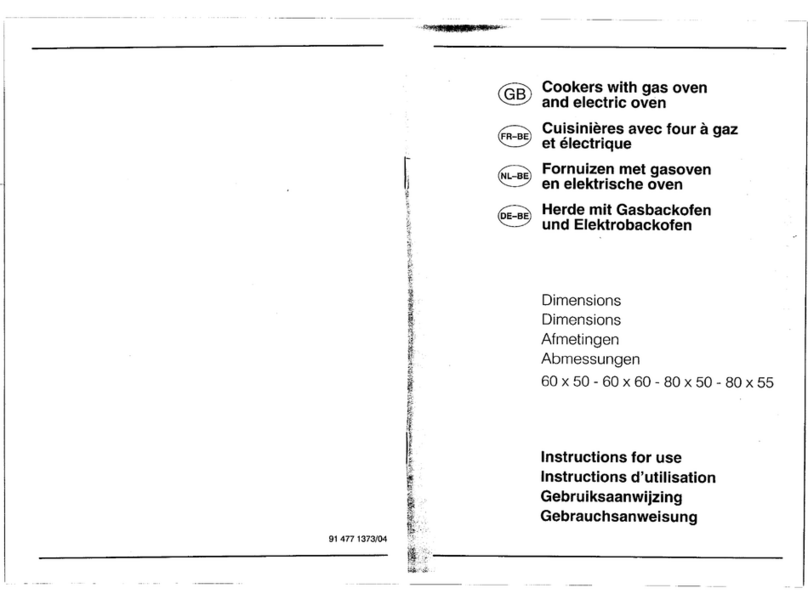
Smeg
Smeg CB661EA User manual
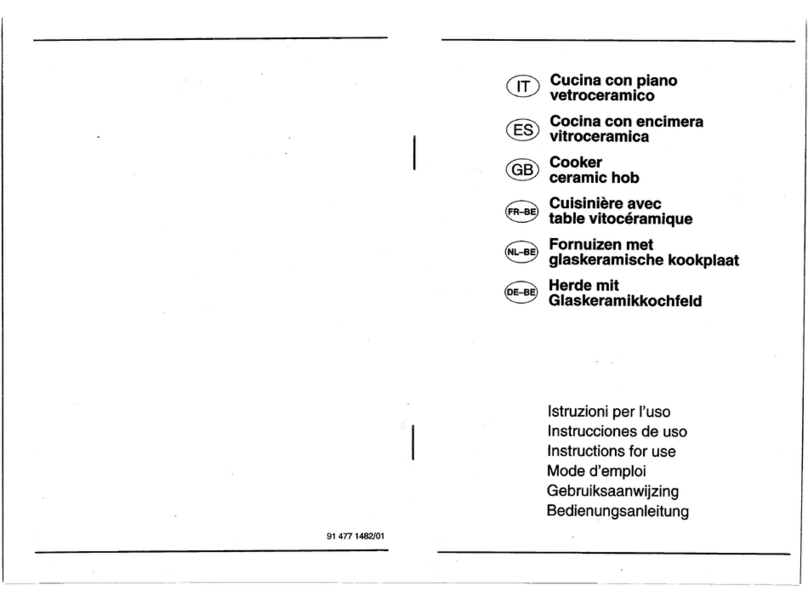
Smeg
Smeg CBE66MF Quick start guide
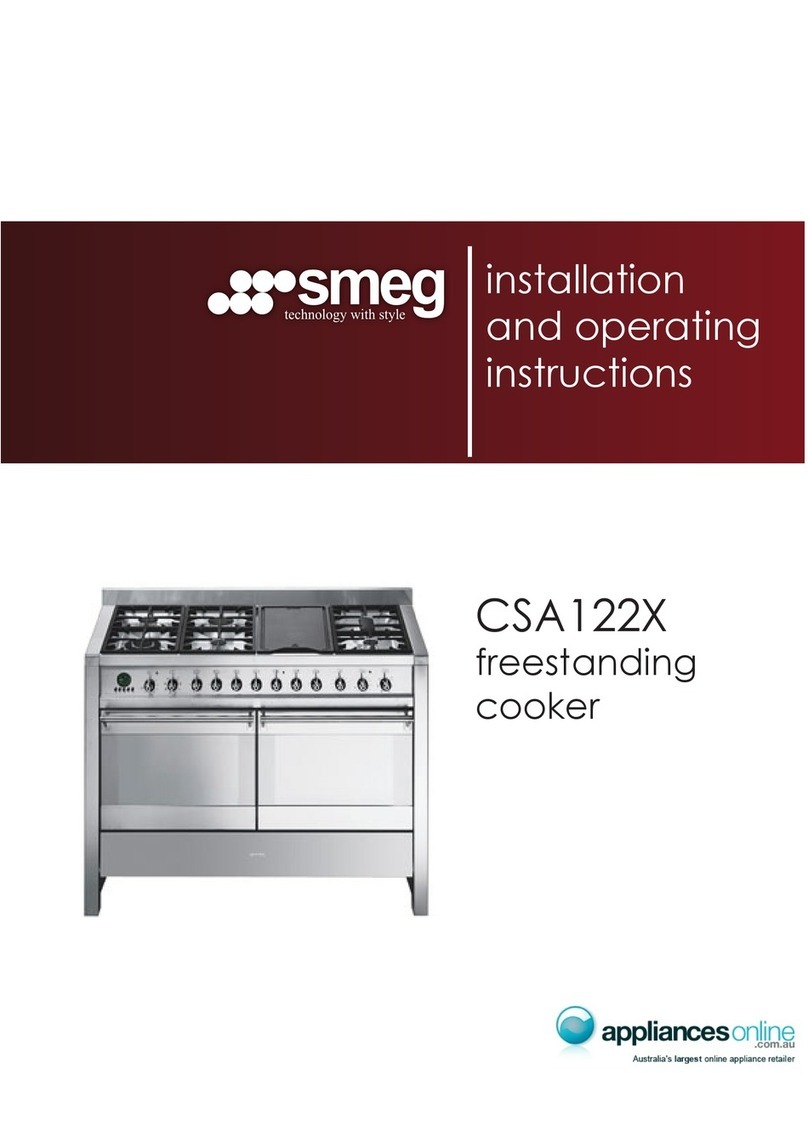
Smeg
Smeg Classic CSA122X User manual

Smeg
Smeg Classica CX60GP User manual

Smeg
Smeg BG91CTN2 User manual
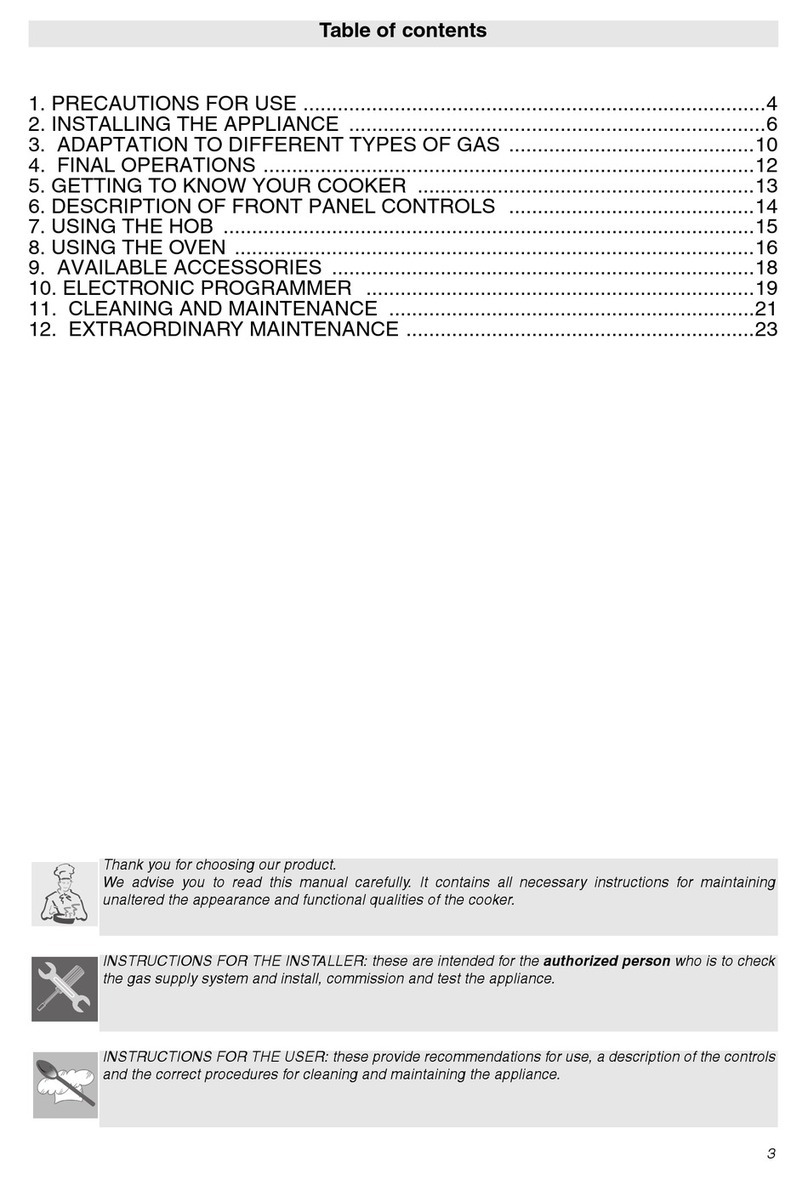
Smeg
Smeg AS5601 User manual

Smeg
Smeg CB61VES User manual
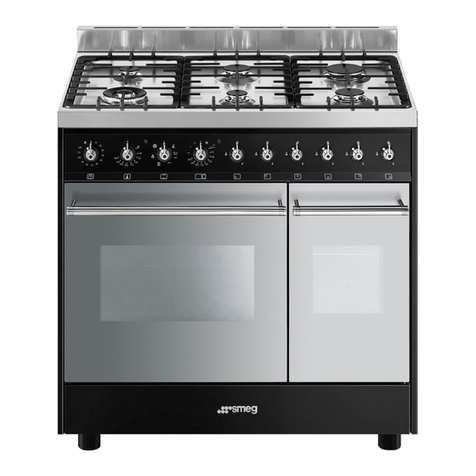
Smeg
Smeg C92DBL9 User manual

Smeg
Smeg Classica CG90IANT9 User manual
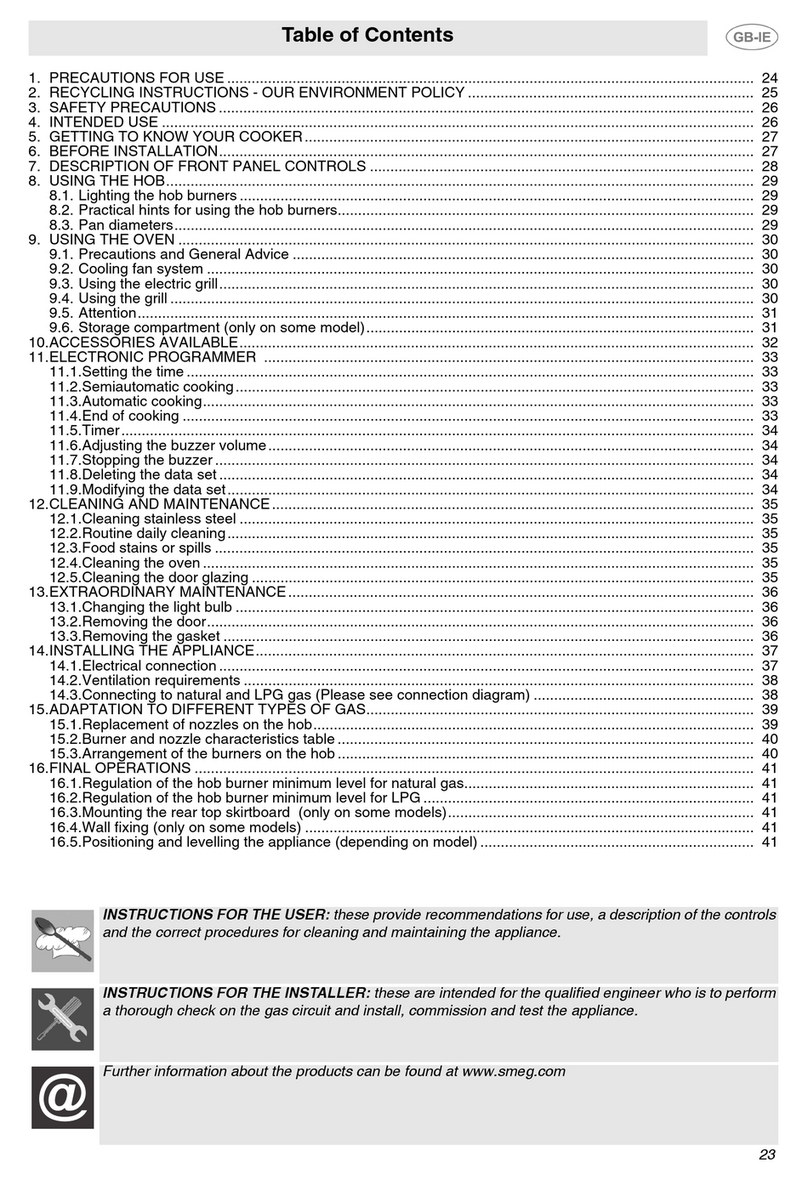
Smeg
Smeg C6GMX User manual
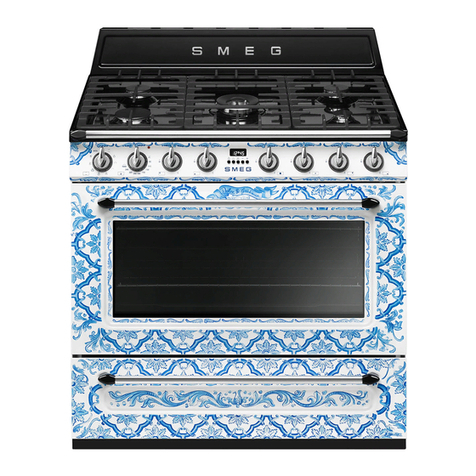
Smeg
Smeg Dolce&Gabbana Divina Cucina TRA90DGM9 User manual
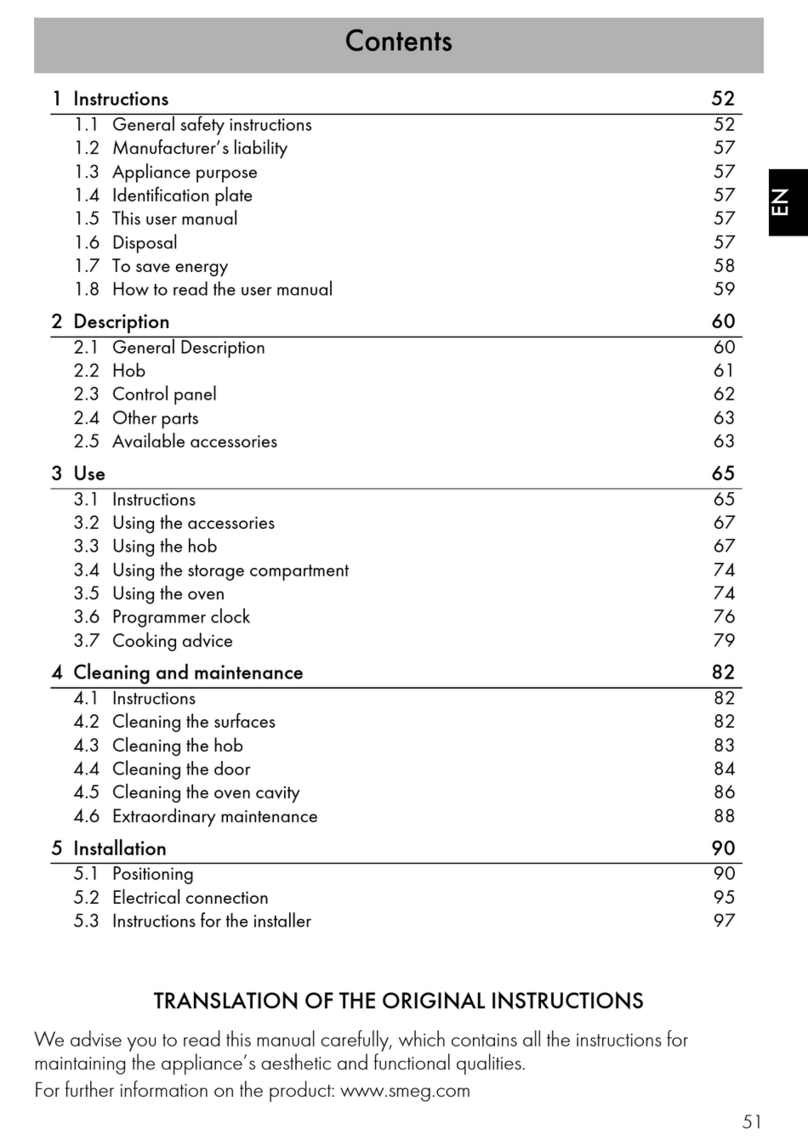
Smeg
Smeg C6IMXI9 User manual
Popular Cooker manuals by other brands

RiverGrille
RiverGrille TF2002501-RG Assembly instruction

Vollrath
Vollrath 69504F Operator's manual
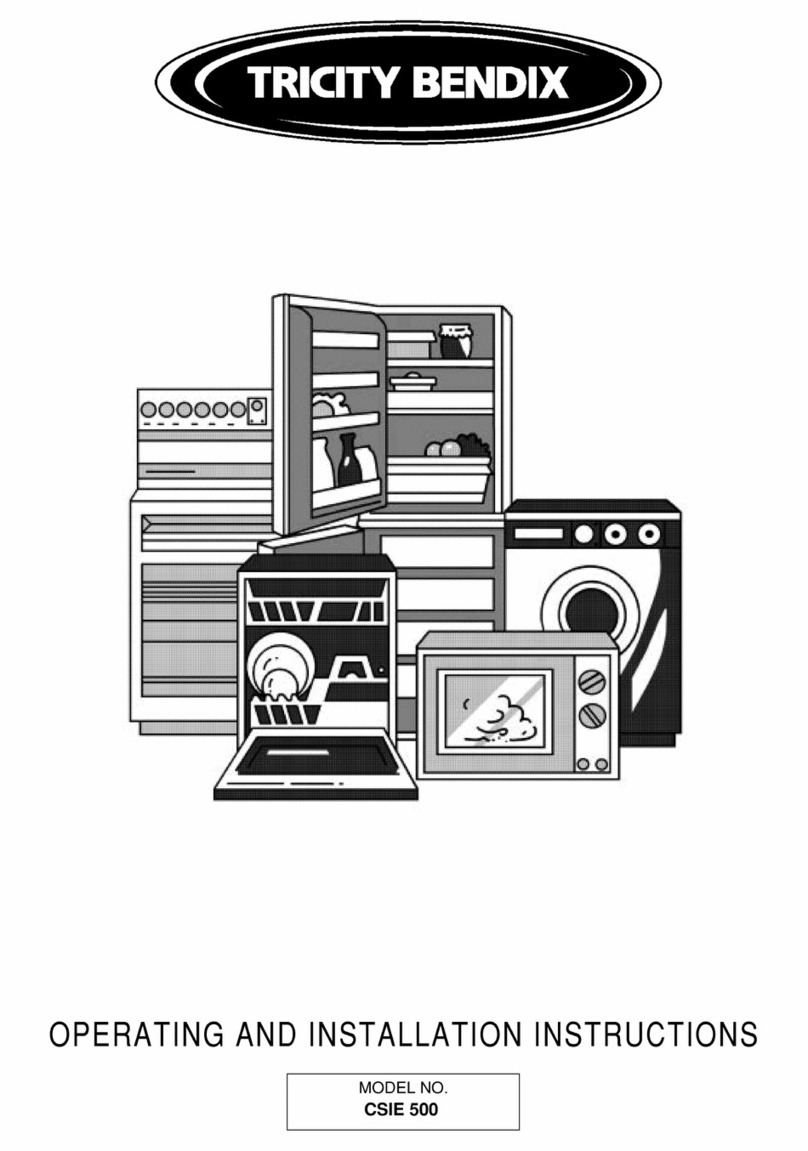
Tricity Bendix
Tricity Bendix CSIE500 Operating and installation instructions
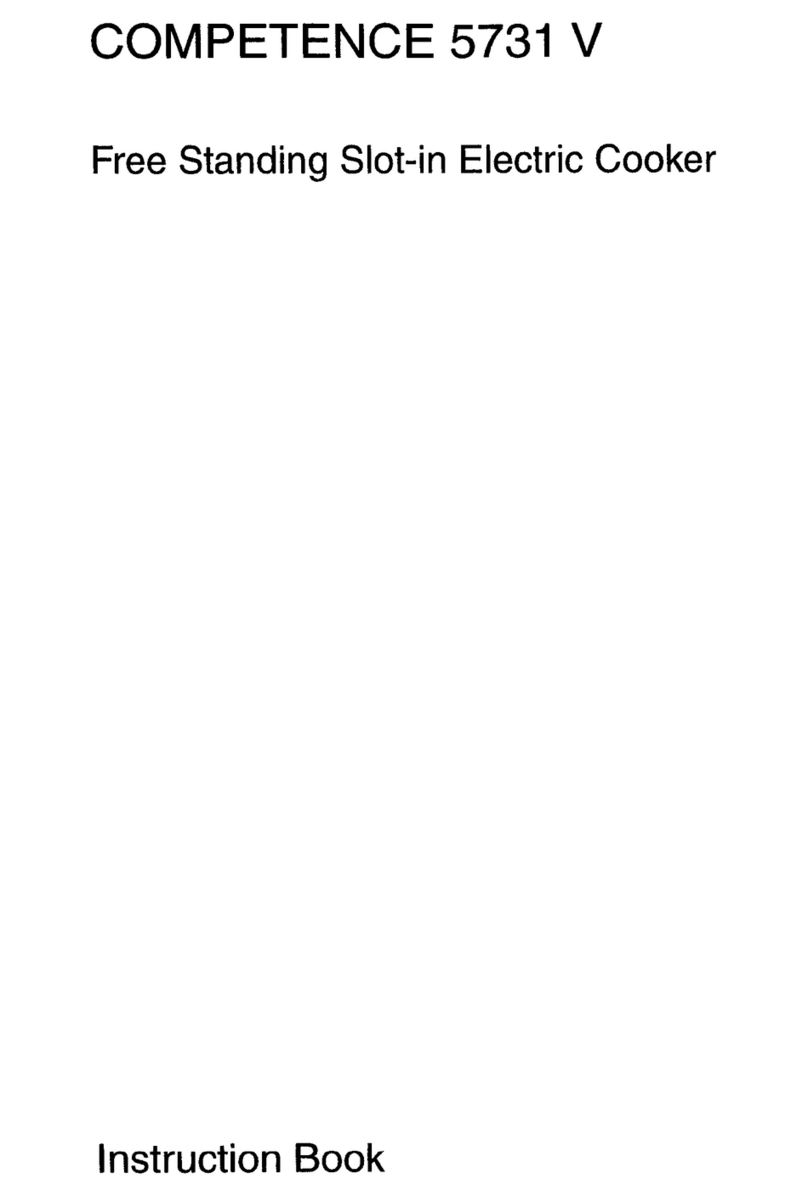
AEG
AEG Competence 5731 V Instruction book

Euromaid
Euromaid ES60 Installation and operation manual

Hotpoint
Hotpoint HUI 62 TP Instructions for installation and use


